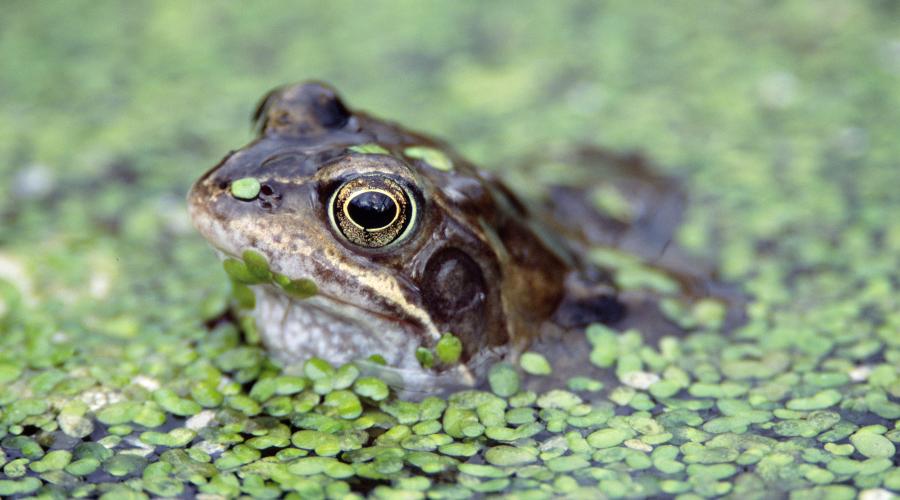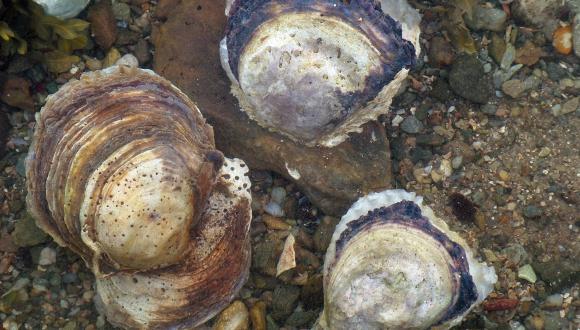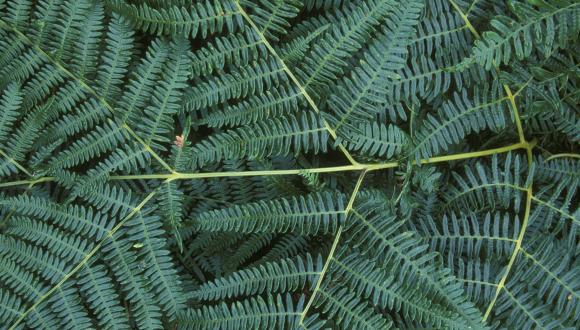
Amphibians and reptiles
Six species of amphibian, and three species of reptile can be found in Scotland, along with several introduced species.
Several species of marine turtle – also reptiles – have been recorded around our coast, and are infrequent visitors to our shores.
How do amphibians and reptiles differ?
Amphibians and reptiles first evolved long before warm-blooded animals. As such, they share a lot of similarities.
For example, both groups can’t control their body temperature internally, and so rely on the temperature of the environment around them. This gives them the energy they need to move around and hunt their prey. Often reptiles such as adders can be seen basking in the sunshine absorbing its heat. All reptiles and amphibians hibernate (also known as brumation) during the winter when it is cooler. The study of reptiles and amphibians is known as herpetology. Both reptiles and amphibians are struggling globally from threats such as habitat loss, disease, climate change, and pollution.
However, there are some key differences between these two groups:
Amphibians
Amphibians are equally at home in the water and on land. Commonly found in ponds, frogs, toads and newts have wet, water-permeable skin. This allows them to breathe underwater through their skin, as well as through their lungs on land. When out of the water, amphibians can be found in damp places like wet grasslands or beneath fallen logs or leaf litter.
Amphibians breed in water bodies such as garden ponds. Eggs are laid as spawn in the early spring and swimming tadpoles soon emerge. Frog spawn is present in huge clumps, whereas toad spawn is laid in lines. Once their legs have grown and their tails have shrunk, they will leave the pond as tiny adults through a process known as metamorphosis.
Newts have a similar life cycle but lay eggs which are individually stuck to underwater plants. Newt larvae look like a smaller version of adult newts, but have frilly external gills that allow them to absorb extra oxygen from the water. These gills will be reabsorbed as they grow into adult newts.
Tadpoles will nibble on the jelly of their eggs once hatched, and will then mainly feast on algae growing within ponds. Adults and juveniles will eat a variety of invertebrates, such as insects and worms.
Reptiles
Reptiles have dry, scaly skin, and don’t need to return to the water to breed. They will shed their skin frequently leaving behind ‘sloughs’ that can occasionally be found. In Scotland they can be found in a wide variety of habitats such as peatlands, coastal sand dunes, and moorland.
Most reptiles breed by laying eggs on the ground, but this isn’t a good strategy in Scotland due to our cooler climate. Instead, all native reptiles retain their eggs inside their bodies and give birth to live young. Grass snakes, an introduced species, lay eggs.
Reptiles eat a wide range of food items, such as other reptiles, frogs and toads, and small mammals such as mice.
Other species
There are other species of reptile and amphibian that can occasionally be found in Scotland. This is usually the result of an escaped or released pet species.
If you find an amphibian or reptile that you are unable to identify, please report it to the Scottish Society for the Prevention of Cruelty to Animals (SSPCA) on 03000 999 999.





